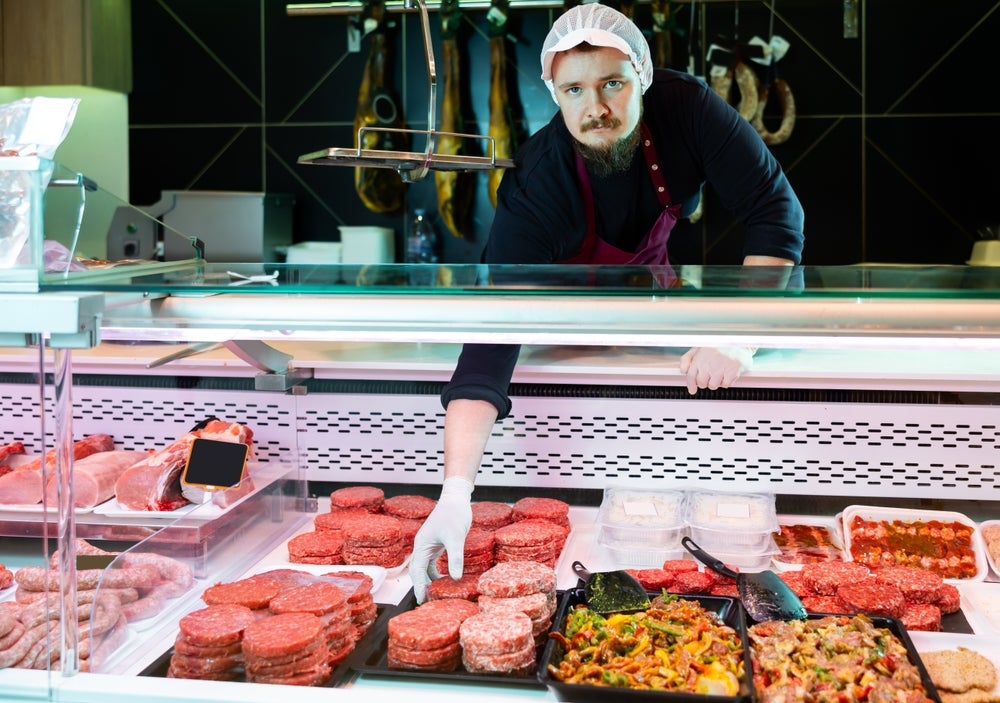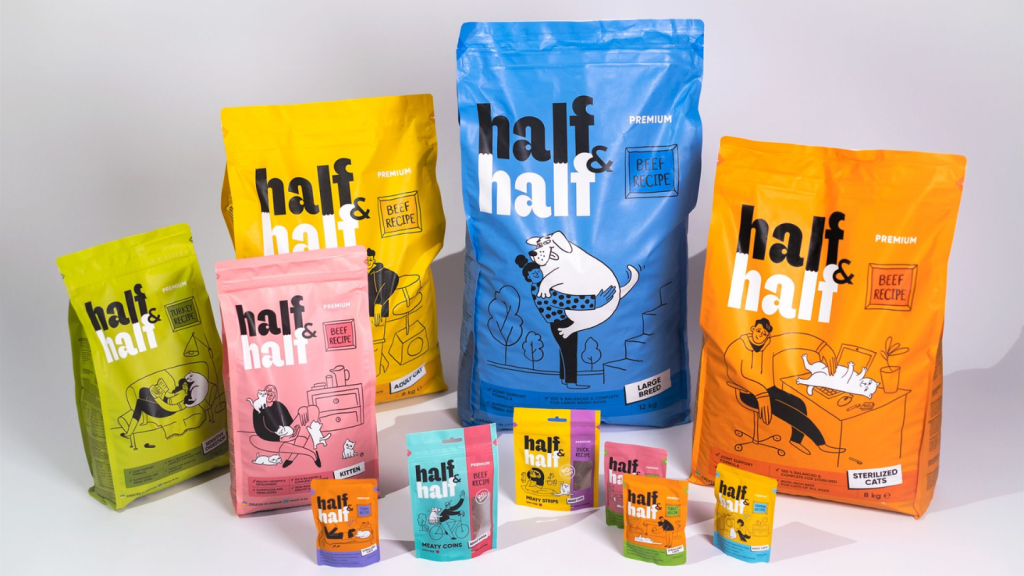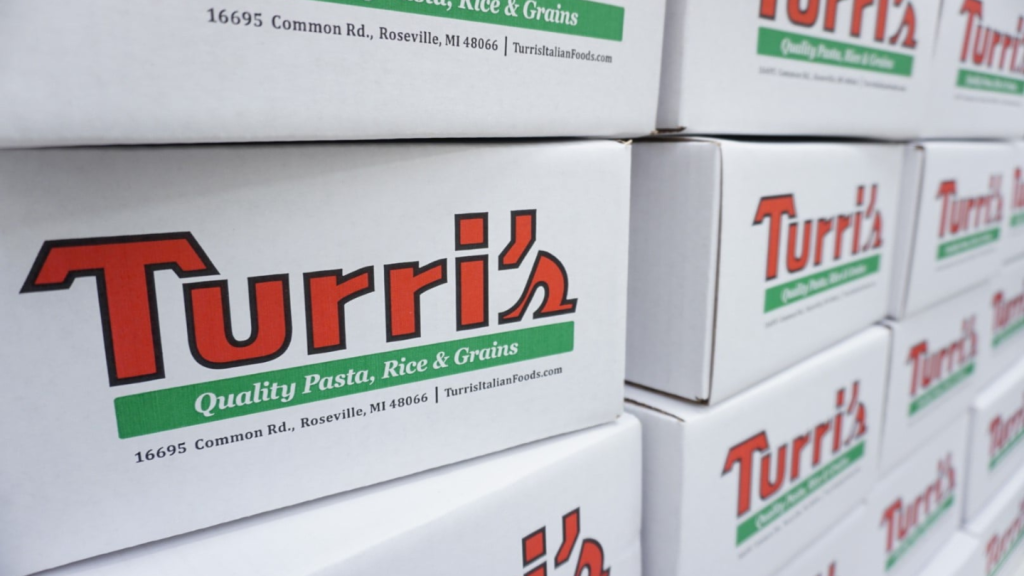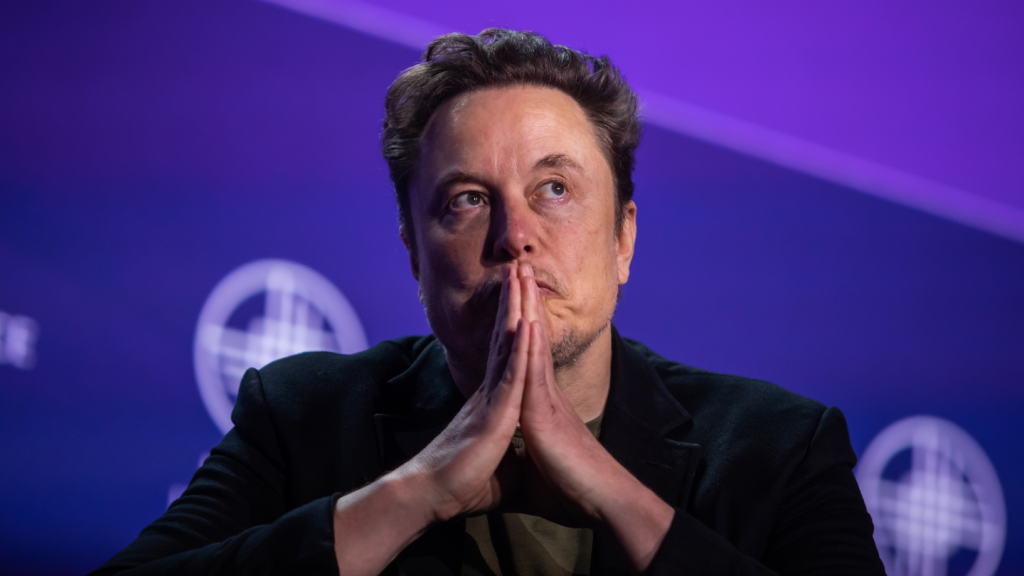Is appetite for meat in Germany really waning? Agriculture ministry data suggests it is, judging by the decline in consumption over the past ten years.
Volume figures compiled by Just Food’s parent company, GlobalData, also leads to the same assumption on face value - meat volume growth in Europe’s second-largest economy has been muted at best and is even forecast to tip into negative territory before the decade is out. But that's more of a production issue.
There are emerging and valid reasons that could explain why consumers might be cutting down on eating meat, and perhaps they are to some extent.
However, there appears to be two camps of thought behind the decline in meat consumption in Germany – the technical and operational side on the one hand, and the more observational, and perhaps peripheral, side on the other.
Data sets might well be misleading, as the logic runs much deeper, according to Justin Sherrard, a global strategist for animal protein at Rabobank.
“German consumers are eating less meat because less is being produced,” Sherrard at the Dutch investment bank says. “If there was more supply, we'd see consumption going up.
“There are some issues in the market, especially with pigs, that will restrict production - Germany can't export pork outside of the EU, for instance.”
Vion Food Group, the Netherlands-headquartered meat supplier, which is in the process of quitting the German market, points to the inflationary price impact on consumers and the aftermath of the African swine fever (ASF) outbreak on processors.
“Your observation that the entire German meat industry is undergoing a transformation is absolutely correct. This shift is driven by both politically and socially motivated changes in livestock farming and a significant reduction in consumer spending,” Vion says via a spokesperson.
“In response to the ASF outbreak in 2020, countries such as China, Japan, South Korea, Singapore, Argentina, Brazil, and Mexico imposed import bans on German pork.
“The ongoing export ban to China is particularly damaging for German pork producers, as China was the largest foreign market for German pork and by-products until 2020. As a result, parts once sold to Asian markets as delicacies are now being processed into animal feed for significantly less money, putting substantial pressure on the margins and profitability of meat companies.”
Trending lower
Germany’s Federal Ministry of Food and Agriculture (BMEL) said in a report that the drop in meat consumption is part of a “long-term trend” and a further reduction is expected in the “coming years”.
Overall meat consumption in Germany in 2020, was the lowest since the Ministry started calculating data in 1991, it said.
Delving into the two areas of thought, BMEL proposes that demographic change is one part of the equation but not all, and the reasons behind the consumption decline are multi-faceted.
The introduction of animal welfare standards as a “basic law” in 2002 also “marked a change in thinking”, although it wasn’t intended to act as a partial causal factor in cutting meat consumption, the Ministry said.
“Further discussions about animal welfare are expected to have an impact on both the side of agricultural production and on the side of consumers,” the BMEL added, fitting into the thought camps of Rabobank’s Sherrard and Vion.
Greater health awareness among consumers and the rise on social media of negative commentary around eating meat, linked to health and animal husbandry vis a vis the environment, are other causal factors, it claims.
Meat alternatives
Finally, and the one possible reason that perhaps first springs to mind, is the rise in popularity of vegan and vegetarianism in Germany since 2010, the Ministry said.
Carsten Brzeski, a chief economist in Germany at financial advisory firm ING, agrees with that chain of thought, suggesting there were five million people claiming to be vegetarian ten years ago, compared to more than eight million today.
While Brzeski, who is also head of global macro research, concedes he is no expert on food, he puts forward some other observations.
“The cost-of-living crisis will also have reduced meat consumption in recent years. With a continued change in diets but also with more people reducing meat consumption due to environmental and health reasons, and the government possibly inserting new taxes and shifts towards high-quality meat, I would expect the consumption of meat to drop further,” he says.
Rabobank’s Sherrard and Vion largely discount the plant-based theory.
“I don't know where the alternative-protein products are up to but I'm guessing that they might be in the low 100,000 tonnes or something like that. My sense is, that it's just a tiny fraction of the market,” Sherrard says.
And from Vion’s viewpoint: “The consumption of plant-based meat substitutes in Germany is steadily growing, though it remains far below the level of meat consumption.”
According to figures from Germany’s official statistics agency, provided by Vion, the local market for meat alternatives is estimated to reach €690m ($754m) this year and is anticipated to grow by an annual average of 10% over the next five years.
Meanwhile, average per capita consumption is projected to reach as little as 550 grams in 2023.
Nevertheless, Kamran Syed Ahmad, a consumer analyst at GlobalData, suggests “the future of meat consumption in Germany is likely to be characterised by a continued shift towards plant-based diets, the growth of alternative-protein sources, and a strong emphasis on sustainability and ethical production practices”.
Ahmad estimates 55% of Germans identify themselves as vegetarian, a trend that is supported by an ageing population as health concerns grow with age.
“The shift to plant-based diets is evident, with a growing preference for alternatives. Increased consumption of poultry indicates a move towards healthier and more sustainable meat options as well,” Ahmad says, although the generally lower price of chicken versus beef and pork must also surely play a part in that observation.
Livestock price argument
Ahmad also sifts into the first camp of thought and suggests the German government is taking measures to support meat farmers and demand to fit in with shifts in environmental and animal husbandry initiatives.
Sherrard argues “there's not much evidence” that people are cutting back on meat as he gets into the technicalities.
“If that was the case, then what we would actually see is a collapse in local livestock prices. If consumers eat less, then you have to discount to get rid of the meat that you have. If you discount, you squeeze the margins all the way along the chain, you end up with an inventory problem,” he explains.
“If that inventory is there, that will weigh on the markets and then you'll see a collapse in livestock prices. We see the opposite, we see very strong livestock prices.”
He adds: “Prices are still a pretty reliable indicator of what's really going on. We haven't seen prices falling through the floor.”
The "fifth quarter"
Sherrard returns to Vion’s view that a key market has been lost in Asia due to ASF, not only for German pork producers, but for the sale of offal and trotters too, parts of the animal that European consumers don’t want to eat these days.
Those parts are what the industry calls the ‘fifth quarter’ because they are worth 20-25% of the total value of the carcass, he says.
“For the pig supply chain to work, you have to actually also get a price for the trotters, you have to get a price for the internal organs, you have to find a market for every single part of that carcass,” Sherrard contends.
“A big processor, he starts with one product, it's a carcass, and he ends up with maybe 50 products, and that's what he sells, remembering that these companies are only making sort of a 5% profit margin.”
He provides some context around some figures for pork, the most popular protein in Germany. The country produced 5.6 million tonnes of pig meat, including the innards, in 2016. But that was down to 4.5m in 2022 and 4.2m last year.
“When you calculate through what that means to the pig herd and to farmers and those sorts of things, these are huge drops in production. The African swine fever issue, which has restricted exports and structurally crippled profitability, that has been a big reason,” Sherrard explains.
Higher input costs such as feed are also putting strains on meat farmers’ finances, with the added burden of the investment costs to meet the more stringent animal welfare standards.
“Some of them have been saying, ‘I'm not prepared to commit to making that investment’, and some of them are exiting because of that,” he says.
“’If I'm not going to get a return on that investment for another ten years, then why would I do it? I was thinking of retiring anyway. I might just retire earlier, or I might just shift into something else.’”
Farmer's plight
Vion quoted some stark figures around German meat production, backing the company’s planned exit from the market as the number of farmers and slaughterhouses decline.
“Currently, the German government does not provide the necessary support (financially or administratively) for farmers to upgrade their operations to higher welfare standards,” the Vion spokesperson says.
“As a result, young farmers often see no future and abandon family businesses that have been in their families for generations. This trend must be stopped to avoid Germany becoming dependent on meat imports.”
German meat production dropped 4% last year to 6.8m tonnes, while the pig population fell from 21.36m in 2022 to 21.21m, according to the meat processor.
Meanwhile, the number of pig farmers decreased from around 17,000 to 15,700, resulting in a drop in animals for slaughter from 47.1m in 2022 to 43m. That has created “over capacity” in slaughterhouses, Vion says.
It’s a similar dour picture for beef as the cattle population dropped 2.8% to about 310,000 animals last year, while over a ten-year timeframe, the number of beef farms has dropped 25% to below 100,000.
Vion adds: “The restructuring is occurring in a market where consumers prioritise affordable prices. At the same time, the industry is striving for more animal welfare and sustainability, which requires higher prices.
“Therefore, farmers are hesitant to invest in new stables aligned with higher husbandry forms and renovations, contingent on financial and administrative support from the government.”
While Sherrard doesn’t totally rule out factors such as health and environment considerations, meat alternatives and demographic change as playing a part in the tail-off in meat consumption in Germany, they are not the biggest part of the puzzle.
“The impact of African swine fever, the lack of profitability in the farming sector, avian influenza issues around chicken production as well, the animal welfare standards and the need to invest to do that, these are influencing much bigger chunks of the market.”
















